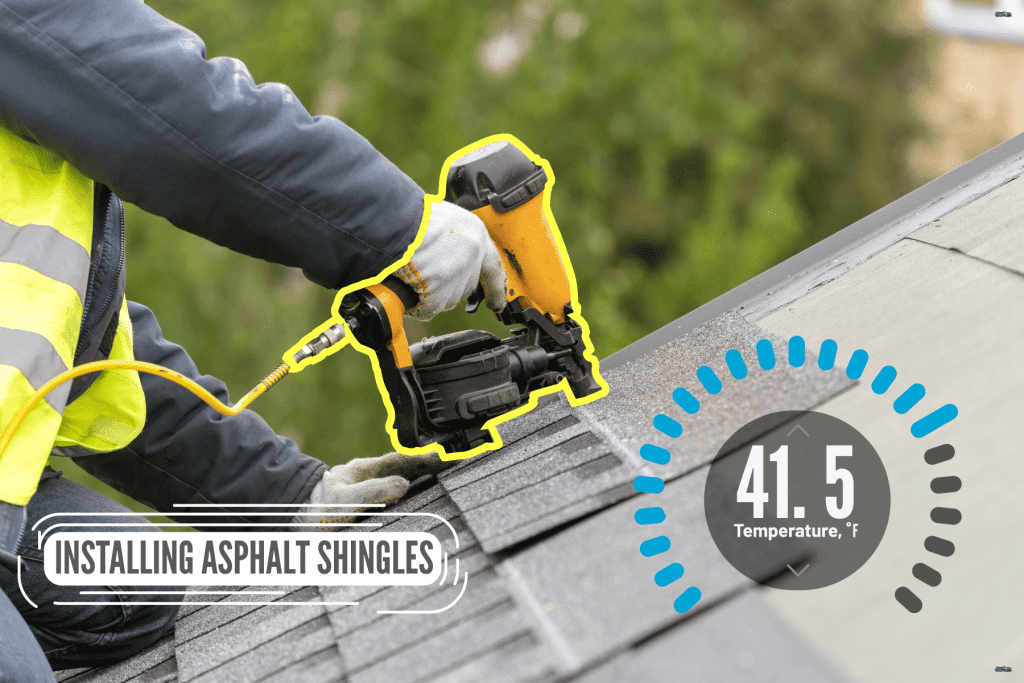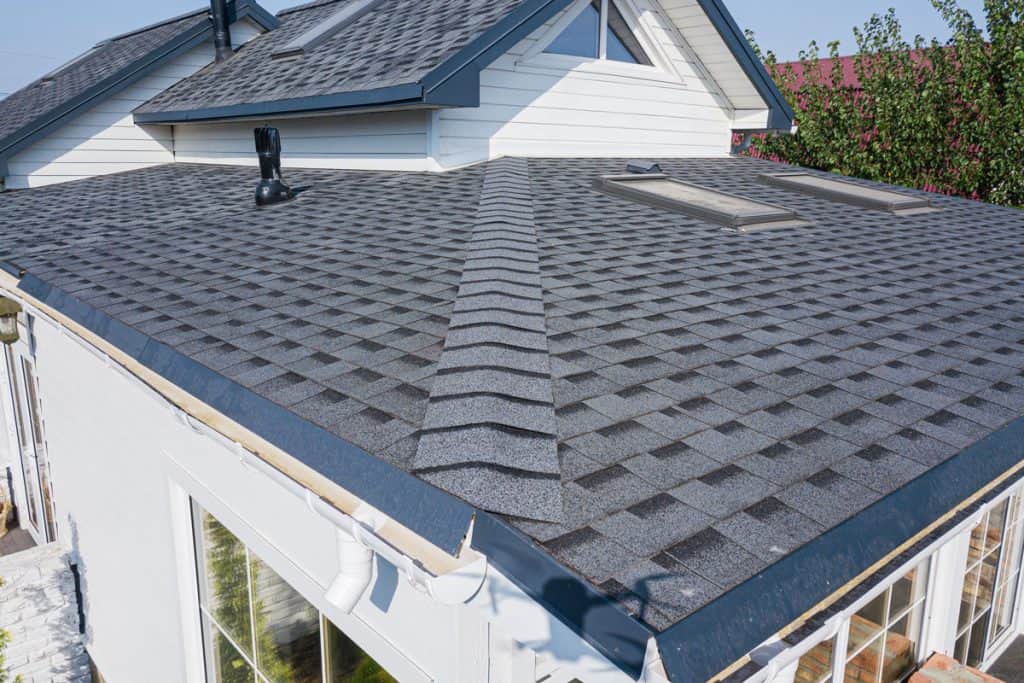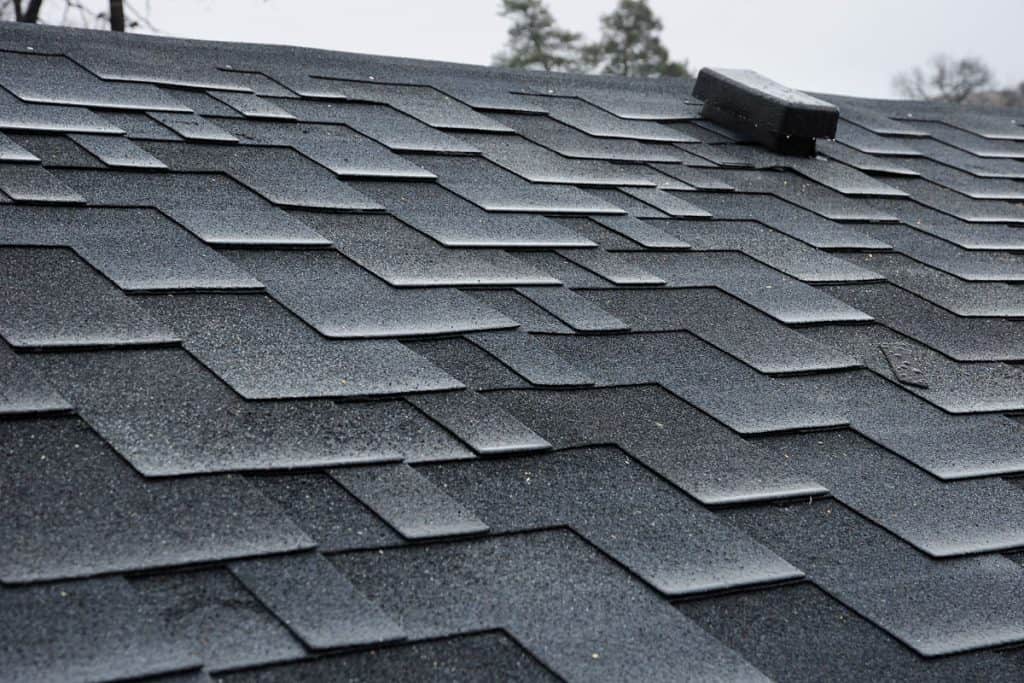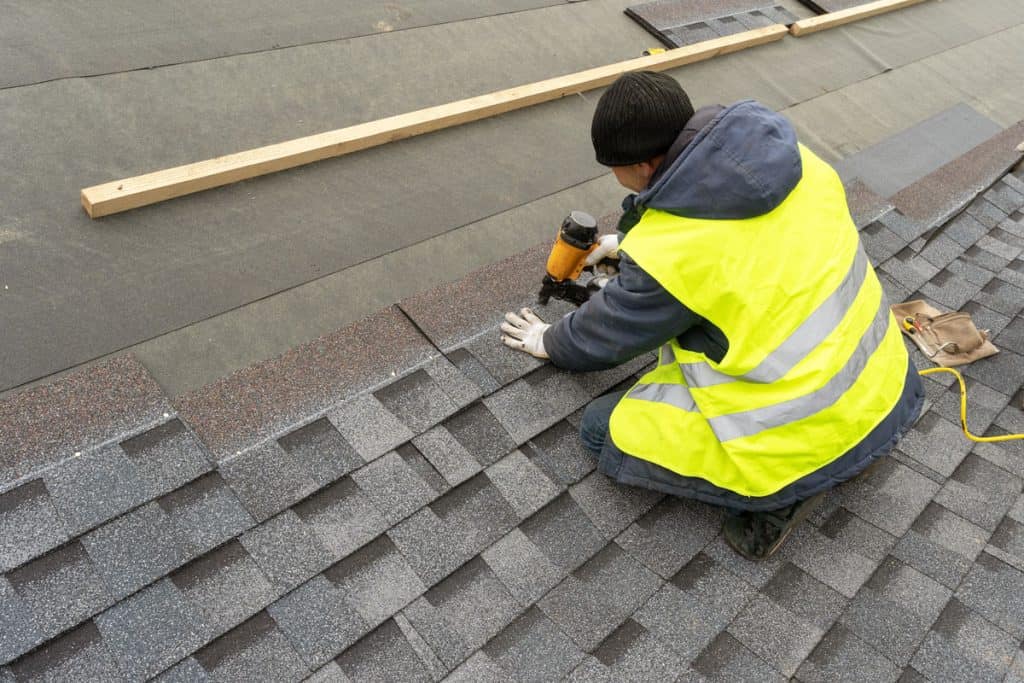Asphalt shingle roofs are a popular choice for homeowners in the United States. These roofs are known for their durability, low cost, and ease of installation, making them a cost-effective and efficient roofing option for many homeowners.
However, cold weather can present challenges for roof installation, and it is important for homeowners to understand whether asphalt shingle roofs can be installed in cold weather and how to do so safely and effectively.
In this article, we will explore the feasibility of installing asphalt shingle roofs in cold weather and provide some tips for homeowners who are considering this option.

Can asphalt shingle roofs be installed in cold weather?
The short answer to this question is yes, asphalt shingle roofs can be installed in cold weather. Asphalt shingles are flexible and can be bent and shaped to fit the contours of a roof, even in colder temperatures.
However, it is important to note that cold temperatures can make the shingles more brittle and more prone to breakage. As a result, care must be taken during the installation process to avoid damaging the shingles.
It is important to take a few extra precautions to ensure that asphalt shingle roofs can be installed safely and effectively in cold weather.
First, it is a good idea to use roofing felt to protect the shingles from the cold. This can help prevent the shingles from becoming brittle and breaking during installation.
Second, it is important to avoid installing shingles in freezing temperatures. If the shingles are exposed to freezing temperatures, they may become too brittle to be installed safely.

Finally, it is important to take extra care when installing shingles in cold weather. This may involve using a softer touch to avoid breaking the shingles or using special tools and techniques to prevent shingle breakage.
Tips for installing asphalt shingle roofs in cold weather
If you are considering installing an asphalt shingle roof in cold weather, you can take a few steps to ensure a safe and successful installation.
These tips can help to prevent shingle breakage and other common problems that can arise during the installation process in cold weather.
- Use roofing felt to protect the shingles from the cold: Roofing felt is a layer of material that is placed underneath the shingles on a roof. It is designed to protect the shingles from the elements, including cold temperatures. Using roofing felt can help prevent the shingles from becoming brittle and breaking during installation.
- Avoid installing shingles in freezing temperatures: If the temperature is below freezing, it is best to avoid installing shingles altogether. The shingles may become too brittle to be installed safely, and they may break or crack during the installation process. If the temperature is below freezing, it is best to wait until it warms up before starting the installation.
- Take extra care to prevent shingle breakage during installation: In cold weather, it is important to take extra care when installing shingles. This may involve using a softer touch to avoid breaking the shingles or using special tools and techniques to prevent shingle breakage. For example, you may need to use a hammer with a softer head to avoid damaging the shingles, or you may need to use a pry bar to lift the shingles instead of your hands. Taking these extra precautions can help ensure that your asphalt shingle roof is installed safely and effectively in cold weather.
Things to Keep In Mind
In addition to the tips mentioned above, there are a few other things that homeowners should be aware of when it comes to installing asphalt shingle roofs in cold weather.
First, it is important to note that the installation process may be slower in cold weather. Asphalt shingles can become brittle and more difficult to work with in colder temperatures, making the installation process more challenging. As a result, installing an asphalt shingle roof in cold weather may take longer than it would in warmer conditions.

Second, it is important to be prepared for the potential for shingle breakage. As mentioned above, cold weather can make asphalt shingles more brittle and more prone to breakage. As a result, it is important to be prepared for the possibility that some shingles may break during installation. It is a good idea to have extra shingles on hand, in case any need to be replaced.
Finally, it is important to remember that not all types of asphalt shingles are suitable for cold-weather installation. Some types of shingles may be more brittle and prone to breakage in cold weather than others. As a result, it is important to choose a shingle that is specifically designed for cold-weather installation, to ensure the best possible results.
Choosing the right contractor for cold-weather installations
Choosing a contractor with experience installing asphalt shingle roofs in cold weather is important.
This type of installation can be more challenging than installing a roof in warm weather. Choosing a contractor with the knowledge and expertise to handle the unique challenges that cold weather can present is important.

Second, choosing a contractor who uses high-quality materials and tools is important. As mentioned above, cold weather can make asphalt shingles more brittle and more prone to breakage. Choosing a contractor who uses high-quality shingles and tools can help ensure that your roof is installed safely and effectively.
Finally, it is important to choose a contractor who is licensed and insured. This will protect you in case of any accidents or incidents that may occur during the installation process. By choosing a licensed and insured contractor, you can help to ensure that your project is completed safely and professionally.
